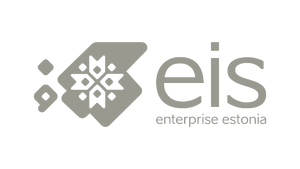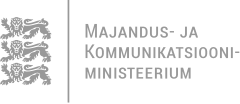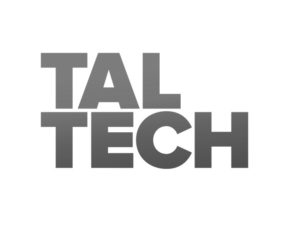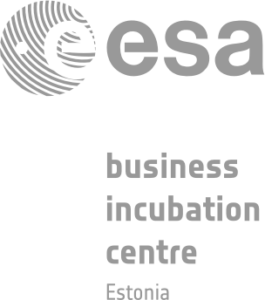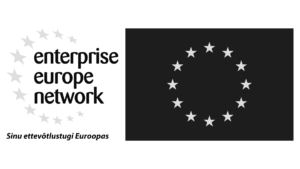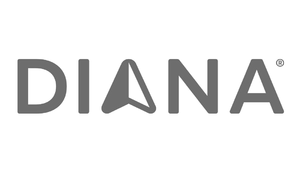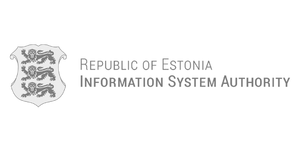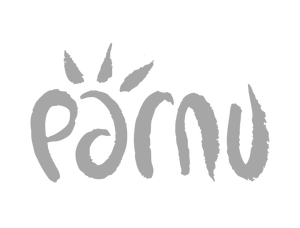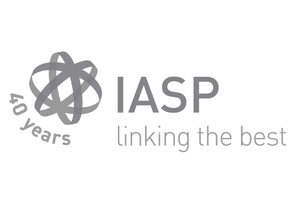06.06.2017
Estonian Genome Centre: putting genetic data to work for medicine
Estonian Genome Centre director Andres Metspalu has been working for years to enable the use of genetic data in medicine. Today the centre is at the stage where 52,000 gene donors will soon have their whole genome sequenced.
Genome Centre director Andres Metspalu can be considered a leading advocate for personalized medicine. Today, thanks to his leadership and the support from the Genome Centre, the topic of personalized medicine is now even part of the government’s agenda. “I’m a graduate of medical school myself and it’s been a lifelong effort for me to broaden the use of genetics in medicine,” says Metspalu.
The efforts to establish the Genome Centre started back in 1999 with a decision to establish a foundation that, under the Estonian Human Genes Research Act, has three objectives – to gather information on the health of the Estonian population and their genes, study this cohort scientifically from both genetic and medicals aspects and use the data obtained to improve national health. Up to 2011, the main goal of the Genome Centre was to establish an extensive database and to carry out research studies based on that data. This summer, the centre will pass a key milestone – the gene donors in the database will receive their personal whole genome sequences, which means that the Genome Centre in the form planned back in 2000 – a repository for data – will come to fruition. “It took longer, but the result was much better as well. Work on the Genome Centre continues: if genetic medicine, an important component of personalized medicine, is to expand nationwide to everyone interested, the Genome Centre will have to grow ten times bigger and the sequencing of the whole genome for these people will have to be done as well. As such, it would already be part of the health information system. Then we will also see significant outcomes in healthcare that would cost significantly less per person than they have to this point, “says Metspalu.
“The current Genome Centre donors receive their personal whole gene sequences, which their general practitioners can use as an additional instrument in diagnosis and determining course of treatment, just like MRIs, ultrasound, X-rays or laboratory testing where the specialist records the findings of the test or procedure. A whole gene sequence will allow doctors to make personal recommendations or take the genetic information into account in determining treatment. For instance, if you have a complete lack of an enzyme like CYP2D6 that helps metabolize medicines, codeine-based pain relievers won’t work. As codeine itself isn’t an analgesic, it needs to be broken down into morphine first. Quite a few examples like that are known,” says Metspalu.
For the time being, the Genome Centre is limited to communicating such information in the form of a research finding, because the University of Tartu itself is not a healthcare facility.
What does the future of the Genome Centre hold? One possibility is a broader donor population and the possibility for whole genome sequencing of more people. There is also a possibility that besides Estonia’s own needs, investors will want to support the programme and use the information in the pharmaceutical industry. The plan for the near future is to take part in the national personalized medicine programme and simultaneously continue research. “We engage in academic cooperation with universities and bio-banks around the world, and the result can be used in both the pharmaceutical industry and diagnostics. A better understanding of the way in which the body works helps us develop more effective drugs. The other side is predicting disease risk,” says Metspalu.
The main objective of the practical output is to realize preventive medicine: if all Estonian people could get their whole genome sequenced, the risks would be known in advance and they could be dealt with. “Today Estonia has about 70,000 type 2 diabetics – if we could help even one-fifth of them, that would be a great number. We have 28,000 people who have gone blind from glaucoma, but in 90% of the cases, it is a form of the disease where the possibilities of genetics could be applied and people could be sent early for monitoring and have their intraocular pressure measured. Breast cancer is another disease where we could identify people who should undergo early screening,” Metspalu says.
“Healthcare information specialists are currently working to make sure all of the information gets to GPs in a matter of seconds, not minutes as it is now. The Genome Centre would make sure that at some point, when GPs look at patient data, they also see their genetic risks and whether a given drug is suitable for them. The other major task is to develop a system – once we have a whole gene sequence, it can be refined and updated all the time, upon discovery of variants that are connected to some trait. So our information continues to become more accurate,” he adds.
“Our duty is to show the government what today’s possibilities are so they can set the priorities and line up the funding. We would never complain over having too much money, but I think that funds could also be used more purposefully. We need to find funding for research and investments ourselves by bidding at public competition. Research has been very active and we have published a great many high-level, widely cited research articles. We currently have 17 researchers and last year we published 82 research articles under the Genome Centre name. That was made possible by our good cooperation with many leading genome centres in Europe and America. Some studies require more than data from even 50,000 gene donors, so bio-banks and genome centres engage in cooperation, and this is what leads to innovation.
Alongside research, we are also taking part in university research wherever we can, and we have cooperation projects with commercial companies. In addition, the Genome Centre has several grants from the European Union and ETAG,” says Metspalu.
We are a partner in the major European Union innovation project EIT-Health, which unites the private sector, academia and medicine with the goal of introducing new innovative services to the European market.”



